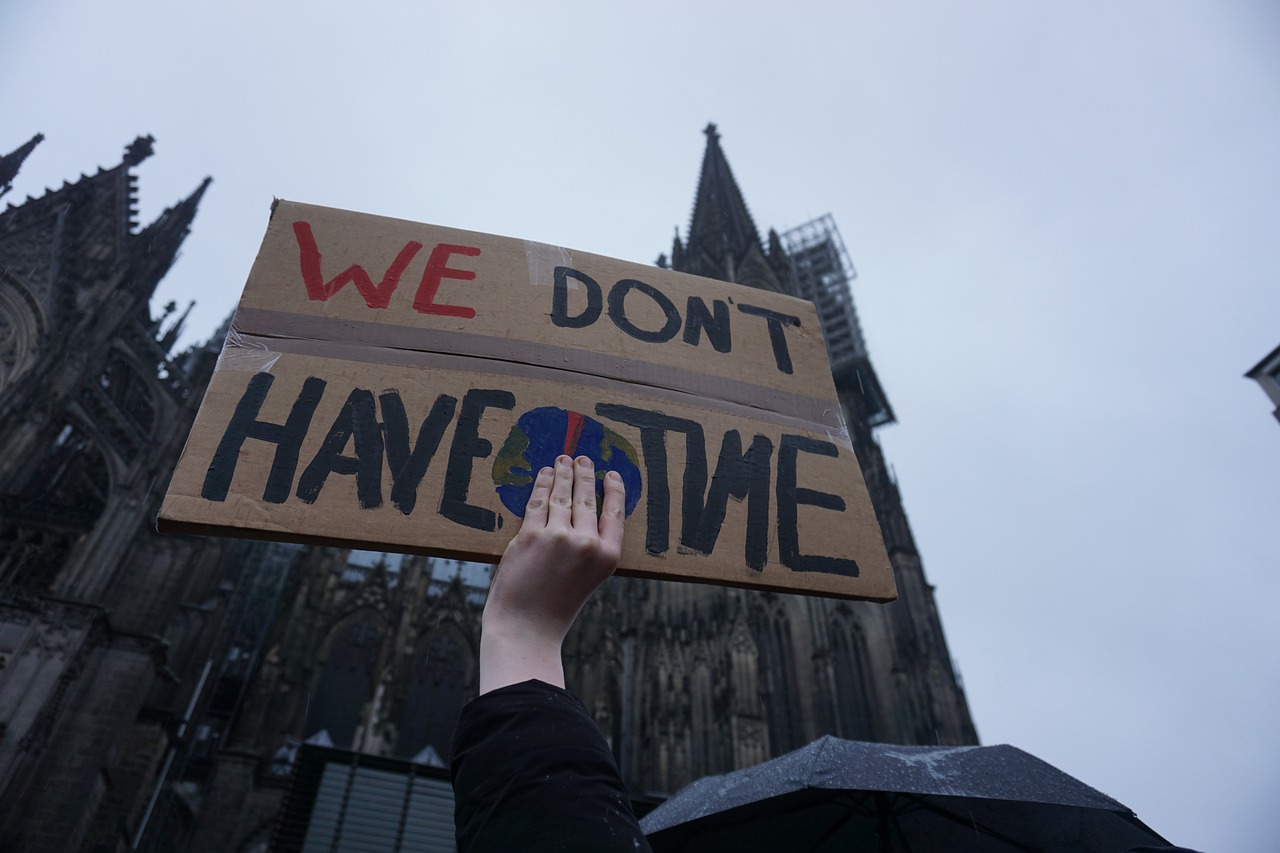The circular economy is an economic system that takes our impact on the environment into serious consideration, and that aims to preserve resources, promoting their reuse and extending the average life of the products we use. But what could be some examples of a circular economy?
Recycling and reuse, extending the life cycle of products, using sustainable and recyclable resources and waste reduction: we can summarize the principles of thecircular economyan economic model that we hear about more and more often, and which is associated with issues such as that of environmental sustainability and eco-sustainable development.
But all things considered, what is this “circular economy”? And how does it differ from the “previous” (but in reality still heavily “current”) linear economic model?
When we talk about a “circular economy” we are essentially referring to an economic system that takes into serious consideration environmental issues that are impossible to ignore, such as the scarcity of resources and pollution caused by waste.
What is the circular economy?
The circular economy is an economy that aims to create products that are sustainable in both the short and long term, goods that are no longer “consumer” but “reusable”, that will not end up in some landfill in a couple of years, but will be used and reused several times.
The aim of this model is to drastically reduce the wild exploitation of resources which has characterised the economy of the last centuries, essentially based on a scheme of “production-distribution-consumption-disposal”.
If we wanted to give a simple definition of “circular economy”, we could say that it is about a self-regenerating economya bit like what happens in nature, where each ecosystem lives and feeds itself in a perfect balance.
Such an economic model is essentially based on pillars such as sharing, reusing, repairing and recycling materials, so that raw materials are used in the longest possible term.
This can have a positive impact on multiple fronts: circular economy means reduce waste production and the exploitation of resources, means relying on materials and renewable sourcesbut it also means having products available that are made to last over time, of better quality both for us and for the environment.
What is the difference between linear and circular economy?
We have talked about economies based on production-consumption-disposal schemes. These types of economies are defined as “linear”, that is, systems based on extraction and exploitation of resources to produce goods that will be used by consumers, only to end up directly in the garbage and, from there, in landfill.
As you can easily imagine, the “linear” one is a system that is clearly harmful to the environment.
On the contrary, the circular economy aims to reduce both the exploitation of resources and waste and the production of waste, and – as you can see in the diagram below – to do so it focuses on the recycling and reuse of products and raw materials.
What are the 5 principles of the circular economy?
As often happens when talking about sustainability applied to everyday lifeeven in the case of the circular economy it is possible to outline some guidelinesprinciples that outline the path to take to make our economy truly “circular” and self-regenerating.
For this to happen, we need to think of a system based on resource sharingon reuse, on reconditioning and recycling of materials. From this perspective, the principles of the circular economy can be summarized as follows:
Sustainable resources
The aim is to use renewable raw materialsbiodegradable, recyclable and recycled, which at the end of the products’ life cycle could be used over and over again in new production cycles.
Product as a Service
According to the principle “Product as a service“instead of selling goods, companies could incentivize the use of a certain product by more users.
Sharing
Going back to the previous point, through sharing platforms between owners and users, the costs of goods and services could be optimized. For example, instead of buying a car that would remain parked for 80% of the time, we could opt for a much more profitable and sustainable system of car sharing.
Extension of useful life
Did you know that the products we buy have a sort of “Expiration date“? We are not referring to drinks and foods, but to products such as telephones, TVs and computers. These have a practically pre-established “average life”.
This is a phenomenon called “planned obsolescence of products”, a strategy implemented by companies, which is part of the linear economic model, no longer sustainable or tolerable.
The fourth principle of the circular economy therefore encourages us to produce products that are designed to last over timeproviding for the possibility of updates, repairs and regeneration of the same.
New product life cycles
An economic system aimed at is desirable preserve the value of an asset even at the end of its life cycle, through reuse, reconditioning, regeneration and upcycling systems.
In this way, not only will the right value be given to resources, but waste production will also be reduced.
Importance and advantages of the Circular economy

All things considered, the circular economy seems to be the right way forward for make our society truly sustainable.
In a world where resources are increasingly limited and the global population is growing out of all proportion, what is clear to everyone is that We have little time. In this scenario, a change of mindset in resource management becomes imperative.
Reuse, recycle, recondition and give the right value to objects too of more common use is essential to protect the environment and limit biodiversity lossthe destruction of natural habitats and the weight that the human species exerts on the planet.
Sources
Source: www.greenstyle.it


